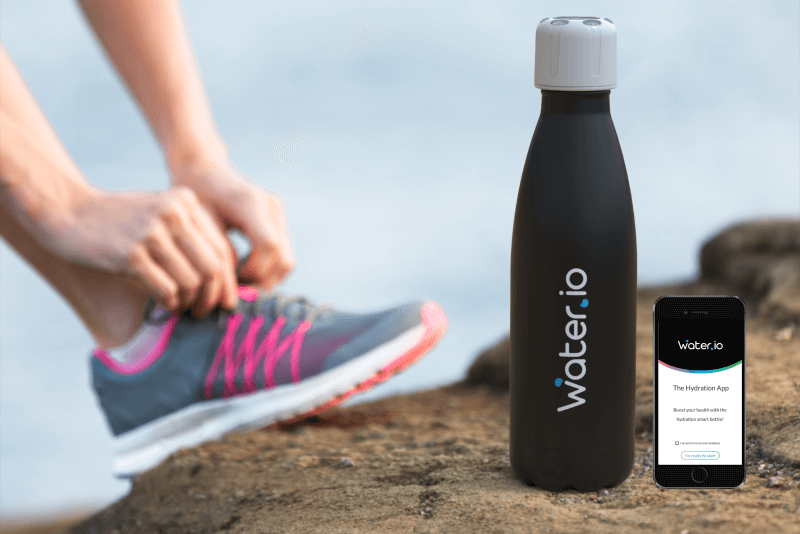IoT is the exchange of information between devices, or ‘things’, using implemented sensors and alerts that communicate together via advanced technological channels. Business-wise, the IoT model is shaping and reshaping brands that are interested in increasing their brand loyalty, achieved by applying the most sophisticated Internet of Things tools and approaches.
Otherwise known as AI or Machine Learning, here is how a brand can boost its customer loyalty by enforcing a plethora of functional IoT methods.
A Look Inside Brand Loyalty
Ever since the astounding mass production of the 1920s, which overwhelmed the market, businesses worldwide were somewhat urged to discover new ways of attracting customers and earning their trust. Even when customer loyalty was still not a framed concept, most businesses used partial concept tools to appeal to customers. These included creating special offers, initiating seasonal sales, and offering gifts for the most loyal customers. But, nowadays earning the trust of your customers is a much more advanced concept.
Managers, retailers, or businessmen in general, all depend on acquiring a plethora of information on their customers, all with the help of the IoT, whose intertwined devices can intercommunicate a variety of information among each other. That way, customer experience can be narrowed to multiple interactions between a company and a customer. This experience relies on collected customer service impressions, which are highly professional on a personal, emotional, rational, and physical level.
Customer experience can only be measured if a brand satisfies the above-mentioned criteria and meets all customer expectations. Genuine brand loyalty can only be achieved if a brand knows its customers well enough to design the best experience for them. Brand loyalty is not only about the quality of the product or having a welcoming company staff, but also about the idea that a certain product and service is custom-tailored for their needs.
IoT as a Business Tool
Since the IoT can collect data and control information on customers, businessmen and retailers should not be skeptical to implement the system as an efficient scaling tool. By dialoguing even with a single customer, smart devices can register information and share them with other devices.
With the rise of the IoT epoch, the number of retailers implementing the IoT rises constantly. In 2018, 70% of inquiries considered implementing the IoT for a variety of business purposes.
Why Is The IoT Considered a Helpful Business Tool?
The Internet of Things can follow the reactions of customers, whether on social media or by page reviewing, so businesses can inspect their behavioral habits. However, the IoT is not only used for tracking information on customers. Namely, brands can also use the model to update customers on their delivery status, shipping, sales, and else. Moreover, the IoT can be used as a filter for advertising messages. Due to previously collected data, the device learns its users’ preferences and likes, and can therefore filter sales advertisements accordingly. Processing a huge influx of information easily leads to further notices to the customers and creates a personalized list of their wants, needs, and preferences.
Companies that offer IoT-based items, such as Tesla cars, can offer high-performing items. Here, the manager can monitor the performance of a product via an implemented IoT device, and upgrade and/or update the device. Moreover, brands can also develop an emotional relationship with their customers via the IoT.
Nike, for example, offers its customers an application for measuring their training progress. Nike invites its customers to motivate one another and become part of their growing community as a result. Sephora Visual Art, on the other hand, has an application that scans a customer’s face and offers the most suited products and items based on the colors of the eyes, hair, and complexion. This way, mogul brands create higher business values that enhance their virtual relationships with customers.
Implementing the IoT: The Future of the Market
According to 2020 statistics, the number of devices connected on the internet has escalated to 31 billion. Expectedly, by 2025, the number of smart devices connected will reach 75 billion.
If you’re still reluctant to use the IoT, here the most useful tips to help you implement the system more suitably:
- Rewards. Customers want to be rewarded for their loyalty to a brand, and if you are to create brand loyalty, you have to know which of your customers are loyal. Traditional loyalty programs catch only points of sale. But, the IoT can categorize customers into loyal, brand-switching, and never-buy customers.
- Information and Decision Making. The goal of brand loyalty is to provide information about the product to their loyal customers, so they can act on that information. As IoT devices communicate with each other, brands can navigate their customers by sharing essential information with them, such as the best times to buy the product and others.
- Services. The IoT devices provide better service in the logistics department. Customers and staff logistics obtain accurate information and act on it appropriately which ultimately results in a win-win situation.
- Feedback. The IoT provides accelerated data processing, which enhances the relationship between the customers and the brand. Therefore, prompt feedback is the key point of brand loyalty.
- Facilitation. Mobile wallets or bracelets supported by the implemented IoT offer the customer a faster and better purchase experience. In a world where everyone rushes from A to Z, a better organization and fast payment are more than welcome assets.
A Summary
Implementing the IoT as a reliable business tool can help your business grow and prosper overall – and much faster than with any other technique, except for, perhaps, customer loyalty programs.
Rightful use of the IoT system will not only help your business gather a variety of helpful customer information but will also outsource the most essential of them all – and ultimately use it to efficiently stabilize, customize and optimize it!





